Physical Inactivity: What Can Happen To Your Body?
For most of human history, we were hunter-gatherers and constantly on the move. Our bodies were built for mobility and activity. If we lead sedentary and isolated lives, which often happens with older people these days, our health can decline rapidly. Physical activities are absolutely crucial for the elderly. Let’s take a look at the consequences of physical inactivity.
What Happens When You Are Physically Inactive?
If you spend too much time sitting in front of the TV or a computer, you lose muscle strength, amongst other things and health complications. But let’s see what exactly happens to your body.
1. You lose muscle strength
Sedentary, physically inactive lifestyles lead not only to muscle but also bone loss and can aggravate stress, anxiety and depression. Doing light exercise helps keep your heart and lungs in best order and sends more oxygenated blood to the brain. A combination of aerobic and weight-bearing exercises is best to keep you trim. However, if you have underlying medical conditions, seek medica advice before launching into a vigorous exercise routine.
2. Your metabolism slows down
Physical inactivity can lead to, or exacerbate, obesity, slow your metabolism and put a strain on the heart. If you don’t do any exercise, you burn fewer calories and therefore put on weight faster. If your muscle mass is low, your metabolism slows down, leading to a build-up of fatty tissue. It’s a vicious circle because muscle atrophy leads to reduced exercise capacity.

When your metabolism slows down your body is less able to break down body fat and regulate blood sugar. Chronic diseases, like diabetes, also slow down your metabolism, underscoring the importance of seeking medical advice before exercising.
3. Poor circulation
Research indicates that physical inactivity is a risk factor for coronary heart disease and cardiovascular mortality. If your heart can’t efficiently pump blood because your arteries are clogged with fatty substances, your health suffers. Strokes are an example of a circulatory disease, i.e. caused in part, or aggravated by, poor circulation.
Cold feet and pins and needles are classic symptoms of poor circulation caused by old age, smoking and/or chronic ailments. These symptoms are exacerbated by sitting for long periods and physical inactivity in general.
As you get older, it is absolutely crucial that you keep moving and never stop exercises. Simple daily walks or occasional swims or other physical activities are the things you have to keep doing. Once you stop these activities, you may face any kind of serious health conditions.
Many people know this but because of some health issues, they are insufficiently motivated to do something about it. That’s why physical inactivity and health issues often go hand in hand.
Physically inactive people can benefit enormously from group recreation activities which get them moving. Doing fun activities such as dancing, swimming or aerobics releases endorphins in the brain and helps lift your mood. That’s why even the simplest thing like going for a walk in the park with a friend, has health benefits.
Physical therapy is a tried and tested way of safely building up your muscle strength, balance, coordination, and mobility. Supervised exercises using state-of-the-art equipment, with the encouragement of a professional therapist, can aid recovery from surgery and boost mobility.
This article is for educational and informational purpose only and does not substitute for professional medical advice. For any questions about your own health condition, speak to a qualified physician or healthcare provider.

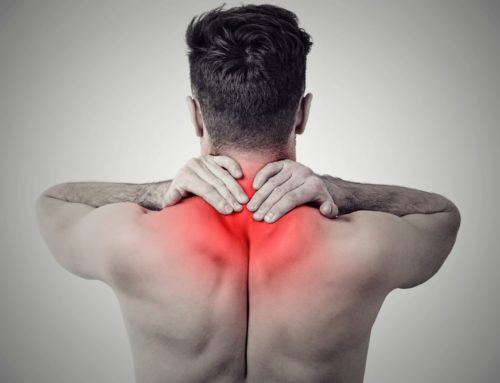
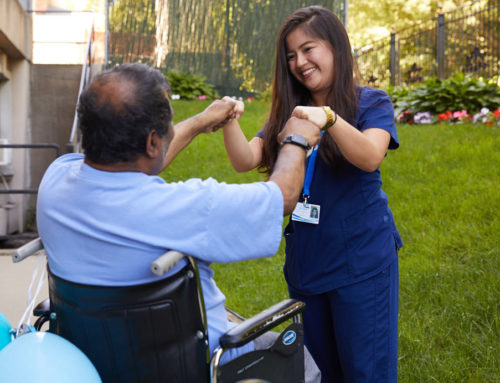
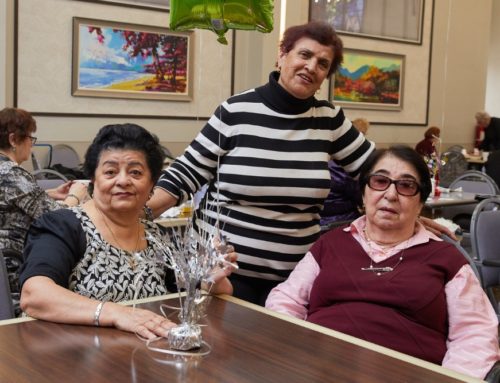
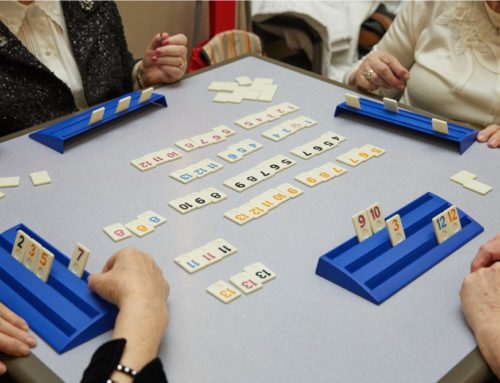
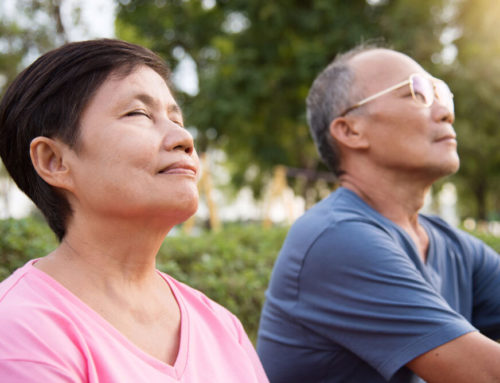
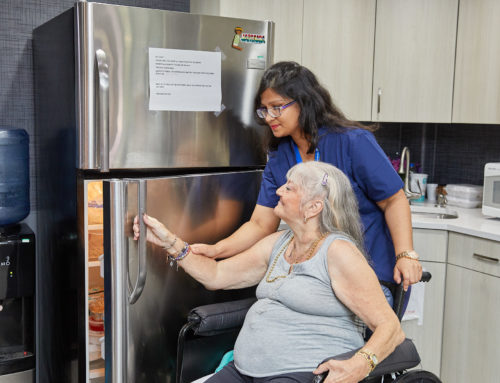
Leave A Comment